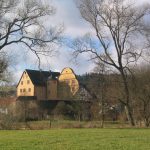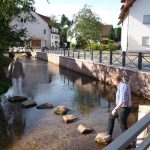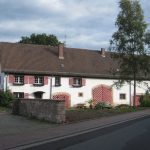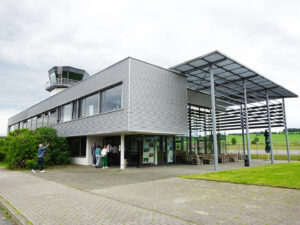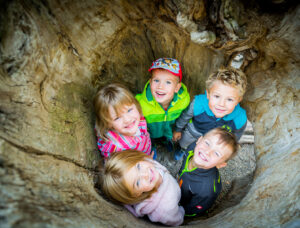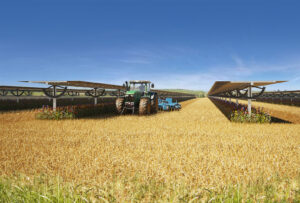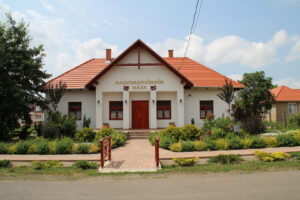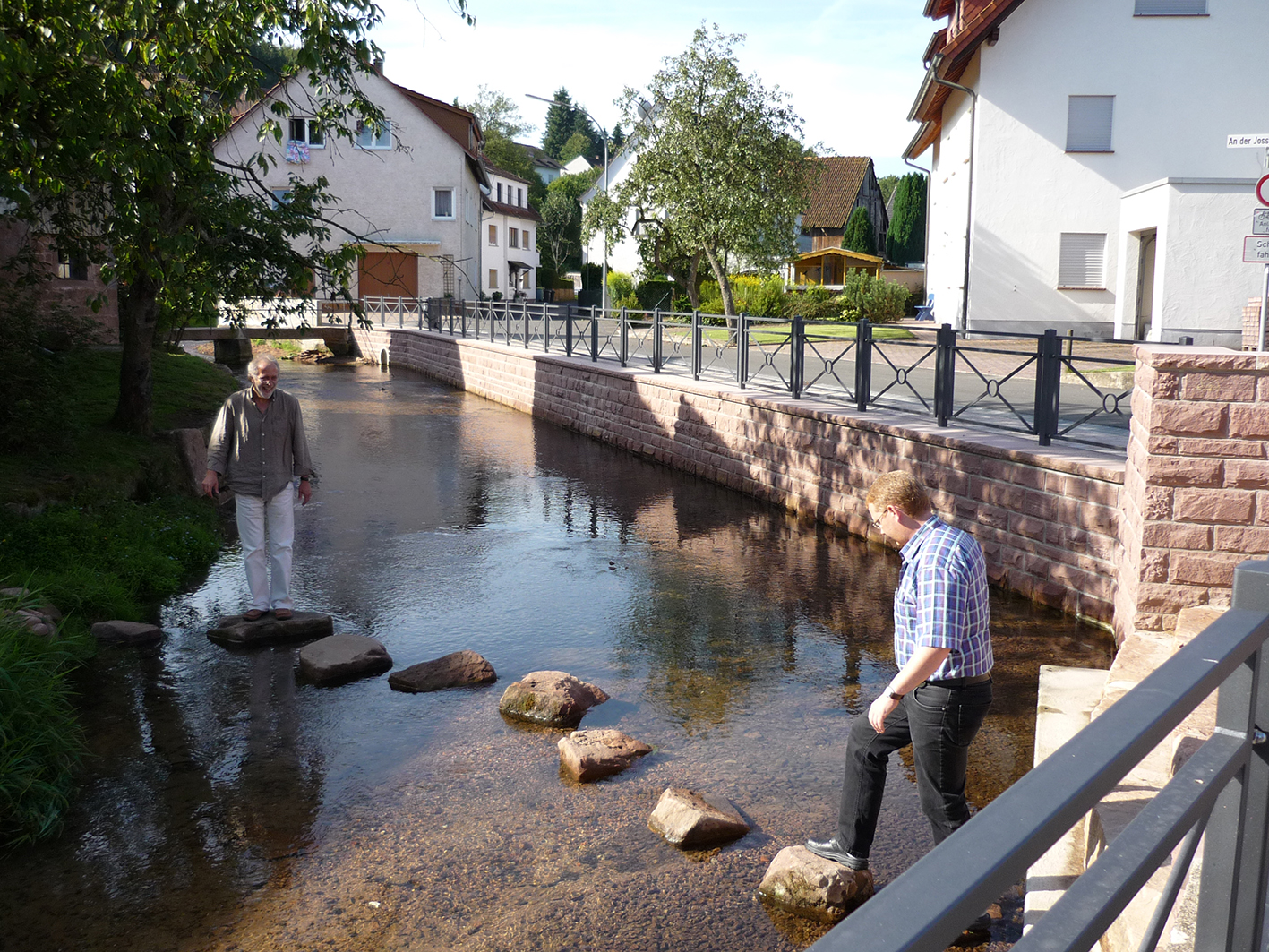
Burgjoß, Hesse, Germany
The village of Burgjoß, part of the municipality Jossgrund in the forests of the low mountain range of the Spessart and southeast of the urban centre Frankfurt/Main, today counts approx. 700 inhabitants. Most of them commute for work. Before, Burgjoß with its natural Jossa valley, home to the beaver, used to be a popular recreational destination and leisure area for people from the surrounding cities. The times of tourism in the 60th and 70th of the 20th century with its approx. 35,000 overnights per year at a capacity of 270 guest beds have long since gone. Presently, some 5,000 overnights in relation to 79 guest beds have been recorded. Today the village focuses on natural, regionally linked soft tourism. The cultural bicycle path “Pearls of the Jossa”, the apple wine and fruit wine routes and the bicycle paths of the Spessart North-East passage which are also part of the Nature Reserve Spessart, are good examples.
Before this background, the density of the infrastructure with pre-school, community house, the church and the library which were built in the 70th are as remarkable as the facilities for the basic supply of foodstuff, produce, filling station, hair dresser, a number of hotels and restaurants, small craft and a Caritas Service.
The village presents itself very green on the inside as well. A scenic park and the central castle fit perfectly into the scenery with its open meadows. The river Jossa runs through the locality, surrounded by historic sand stone walls. The citizens themselves take care of remaining surfaces at crossroads and display colourful flowers. The blueprint of the village and its historic centre with its well maintained building structures is marked through three development phases after the war. Internal and external development is clearly the political goal. This goal is in the forefront of the minds, especially those of the decision-makers, with the motto “less – more colourful – older” and is the basis of all activities, giving Burgjoß a model character regarding healthy consolidation.
An example for active village development are three focus areas for measures, based on private initiatives: The “Bioenergiedorf Burgjoß eG”, shortly before its initial operation, uses bio mass potential of the surrounding woods in a block energy plant. The project “BioKraft Burgjoß” links energy production with the open environment through a bio gas plant based on the use of green cuts and supplies both electricity and energy over the local biothermal grid for local households. Last there is the refurbishing and re-use of the “Schafhof”, which was close to its demise, and will now or in the near future have a new purpose giving a home to the “Spessarthaus”, the nature park administration, a visitor centre, a restaurant and a doctor’s practice.
The motto “Here things move!” together with the guideline “Energy bundles” shows the community sense and the authentic sense of creation of the democratic villagers in all generations.
Burgjoß is known for special achievements in a number of areas of village development, for its responsible and planned handling of natural resources, the development and maintenance of building structure and the progressive and conscientious dealing with issues and consequences of the demographic change and its projects in the area of regenerative energies.
Evaluated: 2010

